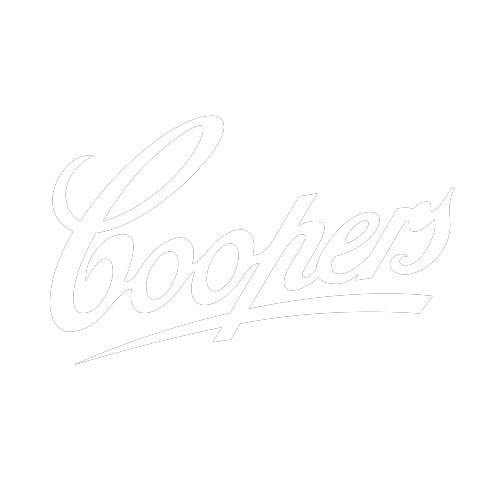Please join us to celebrate the opening of Gordon Hookey’s first survey exhibition, A Murriality.
Hookey is known for his biting satire of Australian culture and politics, his witty critique of racism, and his exploration of oral and image-based history-making traditions. Across sculpture, printmaking, video, and large-scale painting, A Murriality presents perspectives on historical and contemporary issues affecting Aboriginal and Torres Strait Islander peoples, through the lens of Hookey’s lived experience as a Murri person. These include legal injustices, international conflicts, cultural representations, and language.
The exhibition features a significant new commission that draws inspiration from Hookey’s vast collection of political posters and continues his acclaimed series of protest banners. Made for use in the public realm at Invasion Day marches and rallies recognising Aboriginal resistance fighter Dundalli, Hookey’s banners provide a timely socio-political commentary while imagining an empowered Indigenous future.
-
Gordon Hookey was born in Cloncurry, Queensland in 1961. He currently lives and works in Brisbane. Hookey belongs to the Waanyi people and locates his art at the interface where Aboriginal and non-Aboriginal cultures converge. He explicitly attacks the establishment and implicates our current political representatives. His style and approach is distinctive in its vibrancy and best known for its biting satire of Australia’s political landscape, its leaders and representatives. Hookey is a core member of Brisbane-based Indigenous collective proppaNOW alongside fellow artists including Richard Bell, Vernon Ah Kee and Jennifer Herd. His work is held in major collections within Australia including the Queensland Art Gallery | Gallery of Modern Art and University of Queensland Art Museum in Brisbane in Brisbane, Art Gallery of Western Australia in Perth, National Gallery of Australia and Australian National University in Canberra, National Gallery of Victoria in Melbourne, University of Technology in Sydney and a number of significant private collections.



